New impetus for hunger eradication and poverty reduction
Vietnam has thousands of traditional villages, many of which bear the imprint of ethnic culture and a rich agricultural ecosystem spanning across three regions. This is the “treasure” for developing rural tourism, a type of community-based tourism, linked to agriculture and the ecological environment.
In terms of policy, the foundation for rural tourism development is clear. Decision 922/QD-TTg dated August 2, 2022 of the Prime Minister identifies rural tourism as a key development direction for the 2021-2025 period. The decision emphasizes the role of the people as the main subject, encourages the participation of communities, businesses, and cooperatives to build and effectively exploit tourism value chains.
In recent years, craft villages have been gradually receiving investment from the province and localities to restore traditional values and promote tourism. In Bac Ninh , in Dong Ky village, Dong Ky Fine Arts Wood Cooperative (formerly merged name) is a typical example of the transformation of craft villages in the province. Established in 2015, the cooperative now has more than 60 official members and creates regular jobs for nearly 200 local workers with an average income of 8 - 12 million VND/person/month.
Thanks to the right orientation, combining tourism and developing the media profession, the Cooperative's revenue in 2024 will reach nearly 25 billion VND, of which about 60% will come from the domestic market and 40% will be exported abroad. Notably, the Cooperative is also a "support" for many households in the region to switch from small-scale business to systematic, branded production.
Or in Lao Cai, up to now the whole province has nearly 200 community tourism spots, stretching from Sa Pa, Bac Ha, Bao Yen (old Lao Cai) to Van Chan, Mu Cang Chai, Tram Tau (old Yen Bai). Each place has its own unique features, but all aim to develop sustainable tourism based on indigenous culture.
From small villages such as Cat Cat, Sin Chai, Ta Van, Ta Phin, Nam Cang, a few households opened their doors to welcome visitors, now there are more than 300 households doing community tourism, with an average revenue of 40 - 50 million VND/year, some households reaching hundreds of millions of VND. Notably, the rate of poor households in villages doing tourism is decreasing 2 - 3 times faster than in other areas, clearly demonstrating that culture, if exploited, can become an effective "livelihood channel".
Building sustainable rural tourism from green space
According to statistics from the General Department of Tourism, the number of visitors to rural areas in 2024 increased by nearly 25% compared to 2022. This figure shows that the demand for green, close and sustainable spaces is increasing. This is a positive signal for the future of rural tourism in Vietnam.
However, besides the positive aspects, there are still limitations. For example, according to statistics, out of 292 craft villages in Hanoi from 2017 to 2020, 139 craft villages were seriously polluted (accounting for 47.6%), 95 craft villages were polluted (accounting for 32.5%), and the rate of collected and treated craft village wastewater was only about 5.2%.
Therefore, to develop sustainable rural tourism, the tourism model combines conservation, ecology and sustainable livelihoods, opening up a new direction for the rural economy and national tourism.
In a forum on rural tourism held in early November 2025, Associate Professor Dr. Pham Trung Luong, member of the National Planning Advisory Group, said that rural tourism is not about taking tourists to take photos and then returning, but about allowing them to plant, harvest, cook, stay in homestays, and live like locals. The value of this type of tourism lies in the peace, closeness to nature, and the direct relationship between tourists and locals.
He said that rural tourism needs to follow the direction of ecological civilization, simultaneously creating sustainable livelihoods for people, preserving landscapes, rural culture and orienting green behavior for both the community and tourists. Therefore, it is impossible to use the name of tourism to spontaneously build motels, concretize villages... which goes against the spirit of ecology.
For sustainable development, rural tourism needs to be planned synchronously, avoiding commercialization or destruction of traditional landscapes. Local authorities need to support tourism skills training, invest in transport infrastructure, environmental management and promote craft village products on digital platforms.
Source: https://baophapluat.vn/phat-trien-du-lich-nong-thon-kien-tao-sinh-ke-giam-ngheo.html


![[Photo] Prime Minister Pham Minh Chinh attends a conference to review one year of deploying forces to participate in protecting security and order at the grassroots level.](https://vphoto.vietnam.vn/thumb/1200x675/vietnam/resource/IMAGE/2025/11/12/1762957553775_dsc-2379-jpg.webp)



![[Photo] Highways passing through Dong Nai](https://vphoto.vietnam.vn/thumb/1200x675/vietnam/resource/IMAGE/2025/11/12/1762940149627_ndo_br_1-resize-5756-jpg.webp)



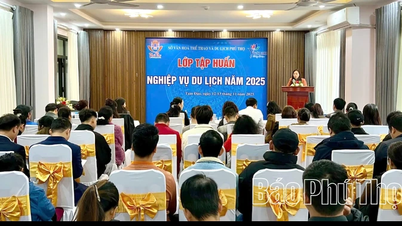

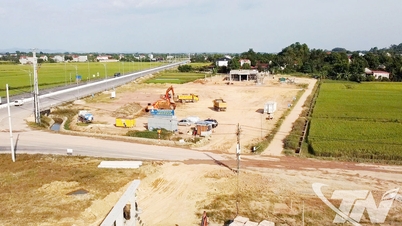



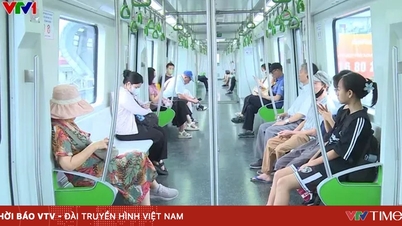





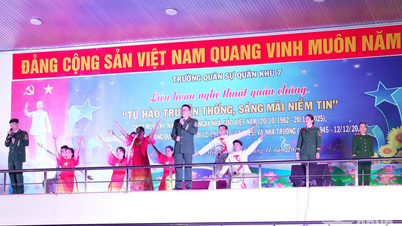
















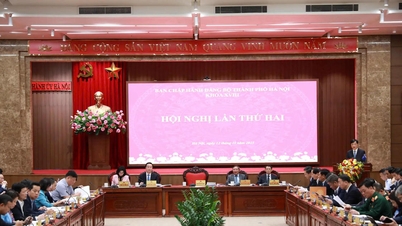






































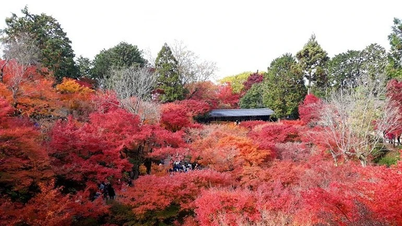









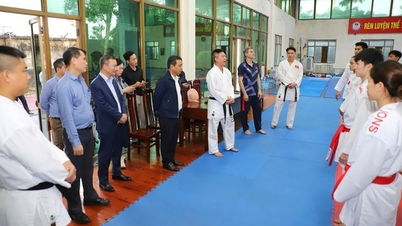









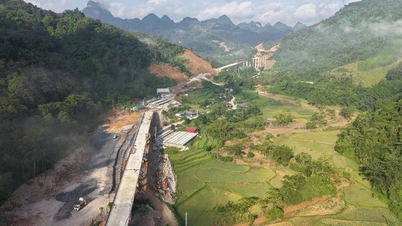
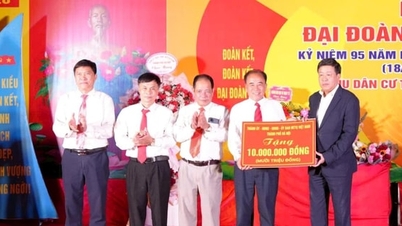






![Dong Nai OCOP transition: [Article 3] Linking tourism with OCOP product consumption](https://vphoto.vietnam.vn/thumb/402x226/vietnam/resource/IMAGE/2025/11/10/1762739199309_1324-2740-7_n-162543_981.jpeg)





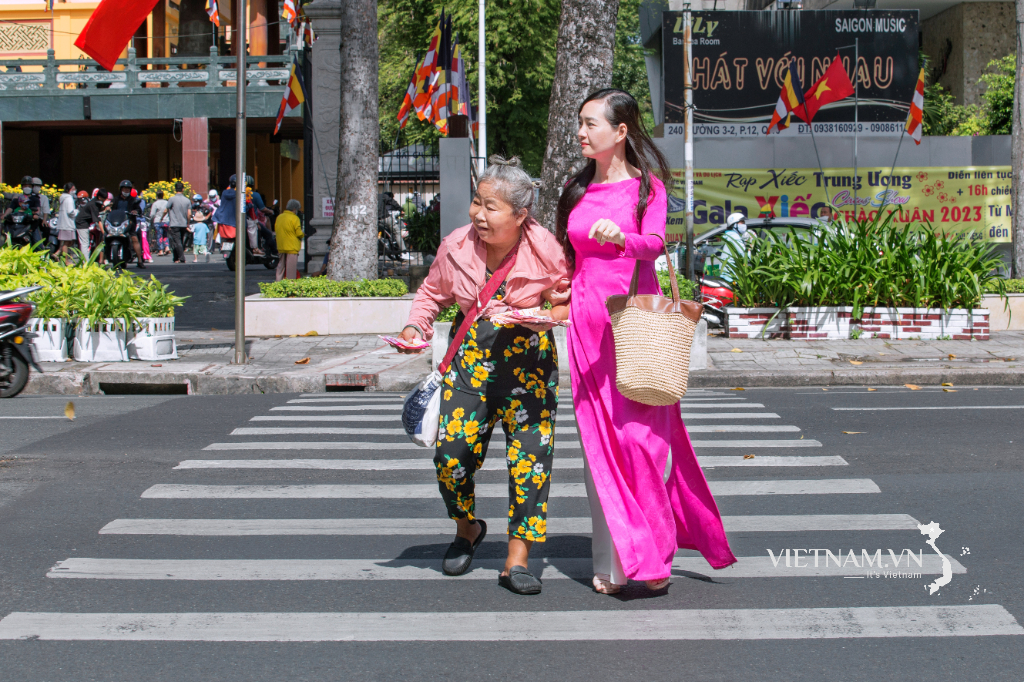

Comment (0)